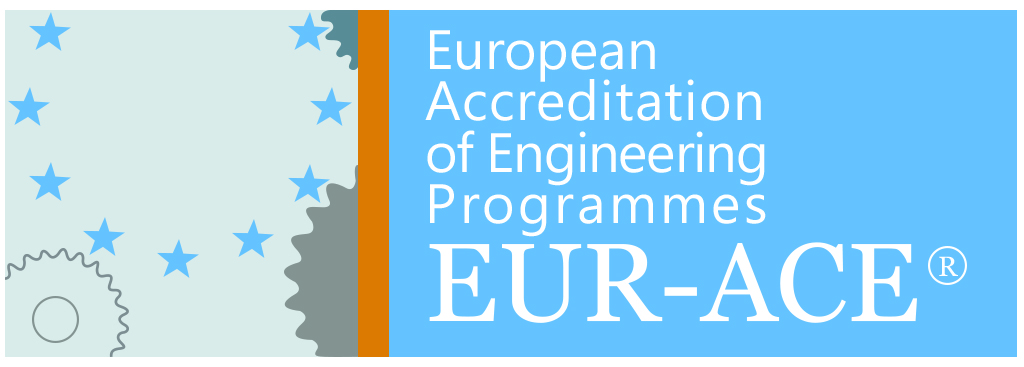The E.T.S. School of Civil Engineering obtained recognition and accreditation for European excellence which is represented by the EUR-ACE seal both for the Degree in Civil and Territorial Engineering (2016, renewed in 2022) and the University Master´s in Civil Engineering (2018). This seal recognised the quality of teaching and demonstrates degree holders have received adequate professional guidance. In this way, the School has become one of the first ones to be accredited by ANECA on national territory for both degrees.
The EUR-ACE seal is granted by the European Network for Accreditation of Engineering Education (ENAEE) and has been granted for these degrees by means of the National Agency for Assessment of Quality and Accreditation (ANECA) which is an agency that has been authorised by ENAEE to accredit this recognition through the Acredita Plus program.
It ensures all our students are subject to this seal of quality throughout the whole cycle of their studies. There are many advantages the EUR-ACE seal provides to the UCLM, students and employees. Granting this accreditation enable high quality university degrees to be identified in Europe. It is an incentive for potential students when choosing degrees with this label and helps degrees granted in different countries be mutually recognised, and is therefore conducive to student mobility between universities. It is advantageous criteria for being accepted on a Master´s degree or a doctorate programme at many universities all over the world. Employers highly value the training received for degrees covered by the EUR-ACE seal of quality as it means the skills acquired by degree holders meet international standards and obtaining the degree is based on criteria set on a European level. In this respect, many companies when hiring prioritise degrees whose study plans are covered by this seal of quality, since it guarantees that in the training process they have met the criteria for excellence.
|
 |
|
Download this document if you wish to know what taking a degree with this distinction involves.